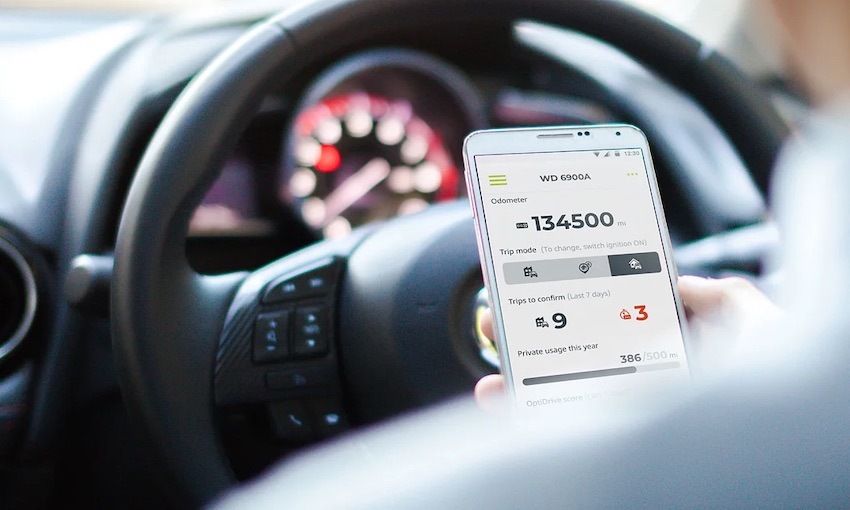WEBFLEET Solutions has launched a new initiative called Safer Fleets, enabling users to harness its existing telematics system to track and trace the journeys of commercial drivers, in a bid to keep them COVID-safe.
The Safer Fleets initiative, which is being piloted in NSW initially, pulls a daily feed of postcodes from confirmed COVID-19 hotspots and sets a geo-fenced parameters around each location. If a driver then enters one of the hotspots, an audio/visual warning is triggered in the fleet operator’s console enabling them to action accordingly.
By making users aware that one or more areas entered has had a recent infection, it allows companies to take extra precautions, such as wearing a mask, sanitising or getting tested.
Webfleet’s sales director, Christopher Chisman-Duffy, believes the new initiative acts as a testament to the role that technology can play in keeping Australians safe during the pandemic.
“The current COVID-19 containment strategy hinges on the ability to track and trace. In its simplest form, this is at the heart of what our telematics system does, so naturally we looked at ways we could use it to help keep our customers and their drivers safe,” said Mr Chisman-Duffy.
Through the Safer Fleets initiative customers can set geo-fences of 50m to 1,000m around COVID hotspots based on their own preferences. Fleet operators also have the ability to retrospectively look back at the routes their drivers have taken historically and identify which of the drivers may have entered those locations.
For customers outside NSW, where daily postcode data is not readily available, they will have the option to manually input their own lists of locations based on other data sources.
“This is all about making customers aware that the technology exists for them to have better visibility over the whereabouts of their drivers. With new cases of COVID-19 emerging this is simply another tool to assist in keeping them safe,” said Mr Chisman-Duffy.
“In NSW, the government publishes a feed of known postcodes on a daily basis, so it ensures that the data we provide is reliable.
“If the pilot is successful, we will look to expand the initiative to other states and work with governments to make the data publicly available in the same way. Ultimately, it makes sense for us to leverage our technology in any way possible to help stop the spread.”

